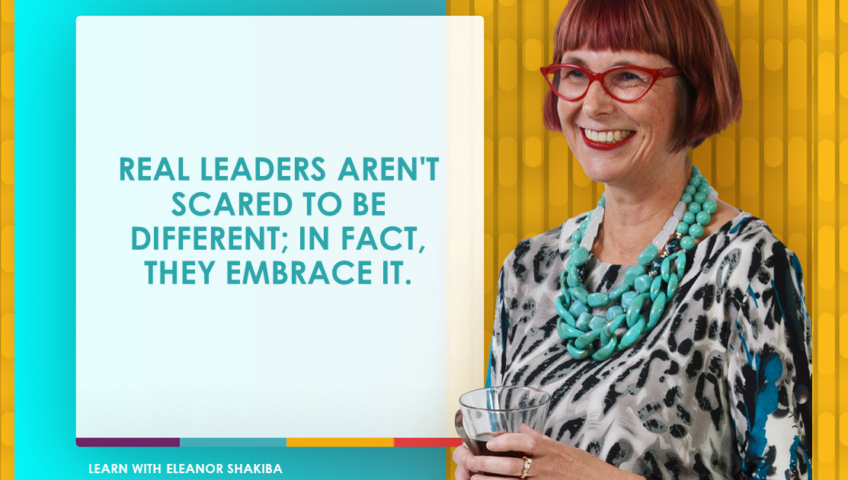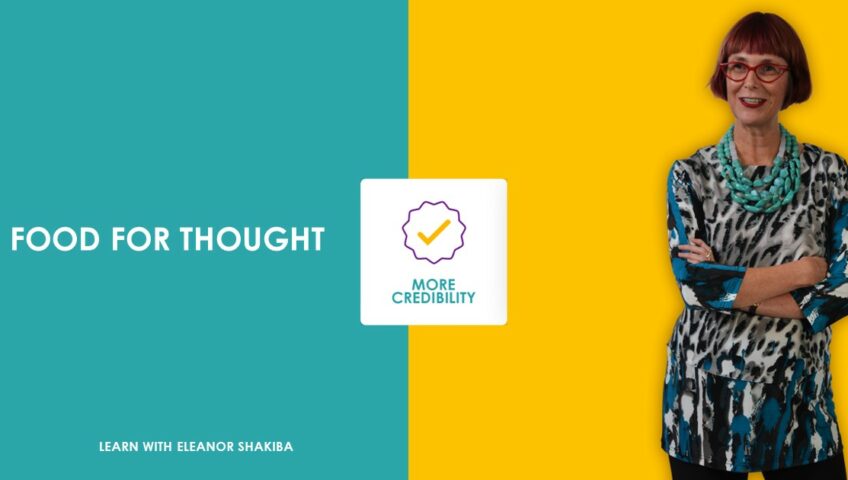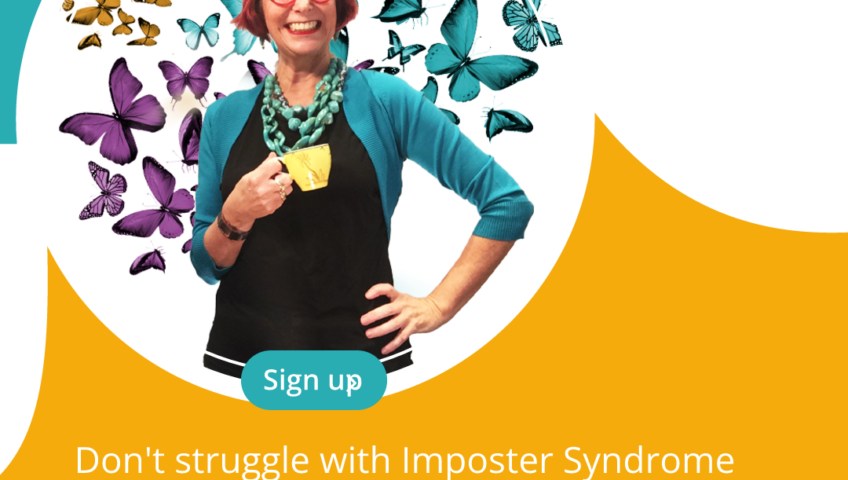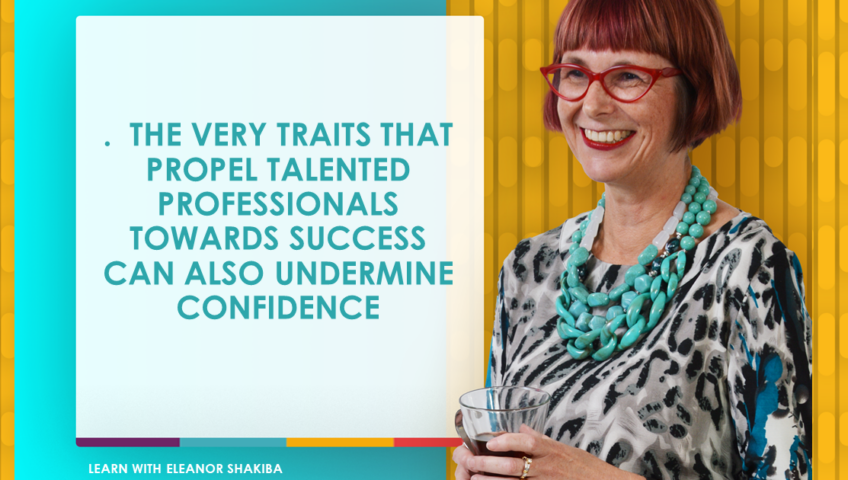Imagine a life without emotions. No happiness, no sadness, no anger, no fear. It’s hard to even fathom, as emotions are such a taken-for-granted part of everyday life. But have you ever stopped to think about where these emotions come from?
That’s a complex question and it has intrigued scientists for decades. Thanks to advances in neuroscience, psychology and technology, we now have a better understanding of the brain’s role in generating and processing emotions. It turns out, they don’t just come from one specific area of the brain. Instead, different parts of the brain work together to create and regulate your emotions.
The amygdala, the insula and the periaqueductal gray are three key structures that play a significant role in emotional processing. The amygdala, located deep within your brain’s temporal lobe, is often referred to as the ‘fear centre’. It’s responsible for detecting potential threats and triggering fear responses.
Free e-book and video tips.Get your copy today!
|
|
The insula, on the other hand, is involved in both physical and emotional awareness. It governs the powerful negative reaction you have to unpleasant smells or tastes – disgust. Neuroscientists believe that the insula creates links between your internal states, your feelings and your conscious actions.
The periaqueductal gray, located in your brainstem, also contributes to your emotional processing. It is involved in pain perception. Plus, it moderates your reactions to pain-reducing compounds like morphine and oxycodone. So it’s no surprise that it also plays a role in regulating fear and anxiety.
As we learn more about the brain’s role in emotions, we are also gaining a better understanding of how brain function can impact emotional responses. This has implications for emotional intelligence, mental health and even leadership.
If you’re intrigued and want to delve deeper into the captivating world of emotions and the brain, I recommend reading the source article here. Keeping up-to-date with the latest research helps broaden your knowledge and aids in creating effective strategies for emotional health and well-being.
This article summary was created by Eleanor Shakiba
Eleanor is a leadership trainer, success coach and people skills expert. She helps managers and business owners build thriving teams and organisations, using tools from Positive Psychology. She's trained more than 60,000 people during her career as a corporate trainer and professional development consultant. Her mission is inspiring talented people to become leaders who make a difference.










